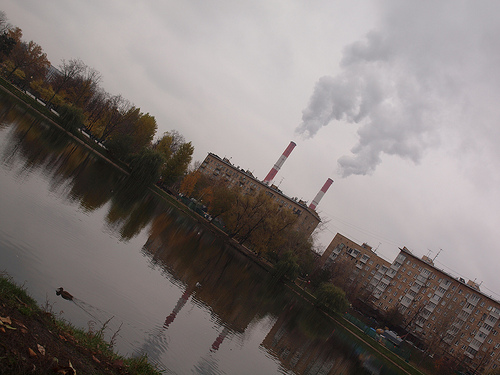Yesterday EPA published its revised proposed Carbon Pollution Standards for new power plants. When finalized, these standards will be the first national limits on the amount of carbon pollution emitted by new power plants in the United States. The standards will finally require new coal-fired power plants — the largest source of carbon pollution in our country — to install carbon capture technology and sequester the climate-destabilizing carbon pollution they produce underground.
Back in 2011, after testing this technology at a power plant in West Virginia, American Electric Power’s former CEO and president Mike Morris told investors:
We’re encouraged by what we saw. We’re clearly impressed with what we learned and we feel that we have demonstrated to a certainty that carbon capture and storage is in fact viable technology for the United States and quite honestly for the rest of the world going forward.
It is now 2014. The technology is being deployed across the world, and here at plants in Canada, Mississippi, California, and at two plants in Texas. EPA’s standards will ensure that the United States is leading the energy revolution — in carbon capture technologies as well as in clean renewable energy and energy efficiency.
Of course these realities did not stop the attacks from industry lawyers.
Jeff Holmstead, Counsel to the Electric Reliability Coordinating Council — a coalition of coal-dependent energy companies — released a statement arguing that we just can’t do it … can’t produce clean, safe, affordable power. He is wrong. These standards are common sense and legally sound. Not only are carbon capture technologies — long in use in other industries — being deployed in the power sector across the world, but renewables are taking off.
Between 2011 and October of 2013, wind generation in the United States increased by over 40%. In April of 2013, the United States had a record month for wind power with generation of over 17,000 gigawatt hours. In 2012, rooftop solar panels cost approximately 1 percent of what they did 35 years ago. Since 2008, as the cost of a solar module dropped from $3.80/watt to $.80/watt, solar deployment has jumped by about 10 times.
We can, and we will build the low-carbon power sector of the 21st century—and we will not let those companies still investing in the dangerous, harmful energy technologies of the past dictate our future.
Related articles







